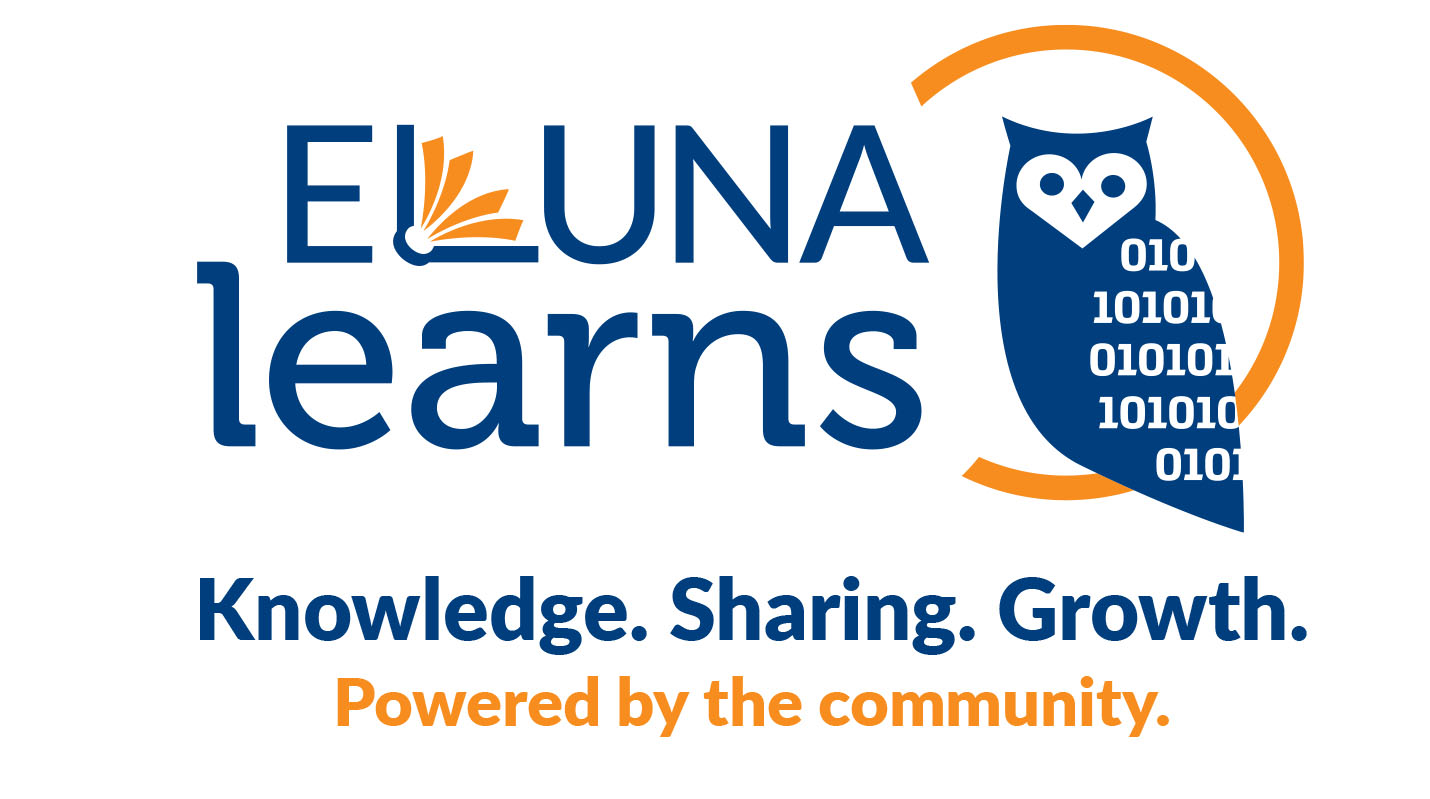Already registered? Watch on Demand!

Powered by Wild Apricot Membership Software
ELUNA Learns DEI (Diversity, Equity, and Inclusion) Session Q & A
Is there any development related to adding context in Primo VE (for example)?
We are indeed looking into different options to do this. We would like to do this in parallel to the NISO work around this area so that we can support it in a standard way. Beyond the standard, we believe that contextualization is a very good direction thus will continue our analysis work and will update the community as soon as we have more information.
Could you share links related to your talk that were mentioned (on the Ex Libris website) and map them to alternative subjects?
Judith Fraenkel: Here is the link that I mentioned: https://exlibrisgroup.com/diversity-inclusion-equity/
Do you have any information to share about the technical processes you used to update and maintain the change to the LCSH term in your catalog? Did you do anything to mask the term while you were waiting for the proposal to be accepted by LCSH?
Jay Shorten: No, we didn’t mask the term “Tulsa Race Riot” because it was still the official term. People still could have been looking for items using that term.
In theory once LC changed the subject heading to “Tulsa Race Massacre” Alma would have automatically changed it, but I don’t know how long that would have taken. As soon as I got word our proposal was accepted and the change was in OCLC, I changed the headings manually (using Browse Bibliographic Headings to locate them), also because there were some older titles, we felt the heading should be added to.
What version of Primo are you using at University of Denver?
Karl Pettitt: We just switched to Primo VE. I believe we have been on Primo VE the entire time this has actually been in place, though we did a great deal of planning while still on regular Primo.
When you download the list to your computer, is that essentially ensuring that LCSH auto-updates won’t wipe the local changes you’ve made?
Karl Pettitt: The list in OCLC essentially creates a file for download. We use the list export function primarily so that we can import the file using an import profile created to attach the authority records with our local authority profile. If we simply exported directly to Alma from OCLC the authority records would not get attached to the local authority profile and the automated updating of the terms in Alma would not happen (because there would be no record in the local authority profile indicated by the $2 in the 650 field).
How are the terms working in filters/facets in Primo VE?
Karl Pettitt: Our online catalog simply displays the new headings that were created. you can see an example at:https://du.primo.exlibrisgroup.com/discovery/search?query=sub,exact,indigenous%20peoples%20of%20north%20america,AND&tab=Everything&search_scope=MyInst_and_CI&sortby=rank&vid=01UODE_INST:01UODE_MAIN&mode=advanced&offset=0
What happens when you have other records uploaded that have the “standard” heading?
Karl Pettitt: We had to retroactively go back and change the records already in Alma using normalization rules to look for the specific headings and then change the second indicator to 7 and add the $2 with a the code for our local authority profile. For records that we import going forward we added normalization rules to do the same to records they find upon import with the specific headings. We do this both for physical resources and for e-resources that we locally manage (ie. not CZ records). Currently, CZ records will still have the LCSH terms.
Are you on an NZ? Does anyone know if an institution can use local authorities with an NZ without unintended consequences?
Karl Pettitt: We are not on an NZ. Unfortunately, I can’t say what using local authorities with an NZ would do. Sorry.
Do you have plans to add any loops for verification of information learned from sessions into the system? Like quizzes, etc?
Tony Zanders: Not yet, but in the future. Skilltype doesn’t product any of the content, and therefore isn’t in the position to create the quizzes and assessments. But we will be creating tools for presenters and trainers to develop quizzes for the content that will feed into a certificate or badging framework.
Is there a way to get a printable certificate of training that was completed via skilltype?
Tony Zanders: Not yet, but we are continuing to collect feedback on whether certificates, badges, or some other form of verification is most desirable.
Do you only include freely available content? Or would you link out to content that is available via registration fees?
Tony Zanders: The vast majority of the 8,000+ resources are freely available videos from conferences, vendors, consortia, professional associations, etc… But we have begun to partner with training providers including ELUNA, Springshare, Lean Library, and others to incorporate closed, proprietary trainings to members of their community.
Is there a video length that seems most popular?
Tony Zanders: Around the one-hour mark.
